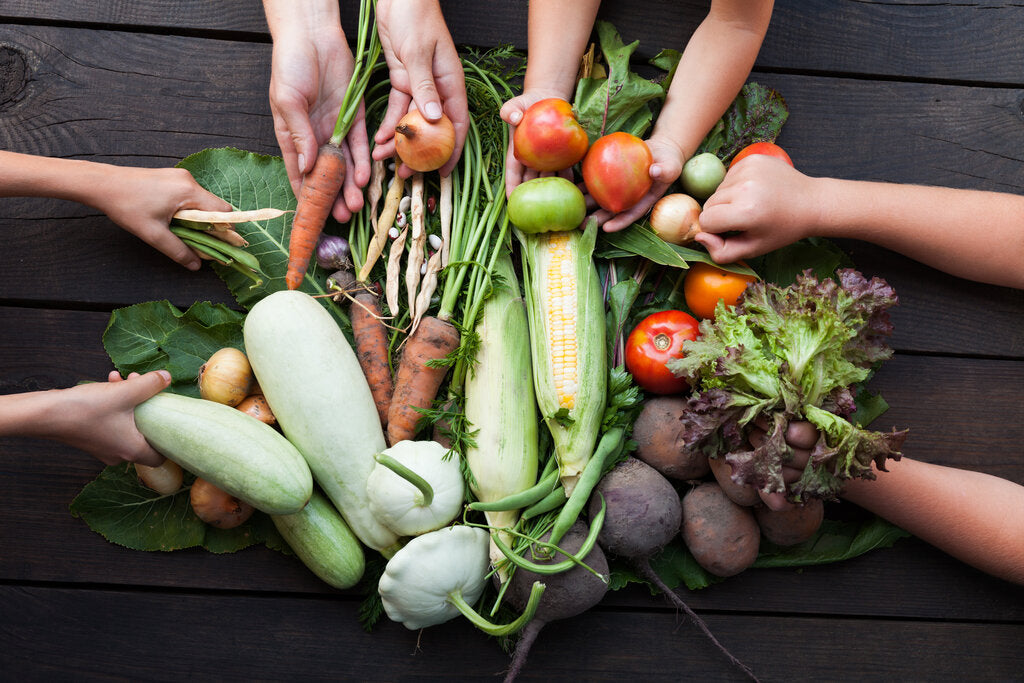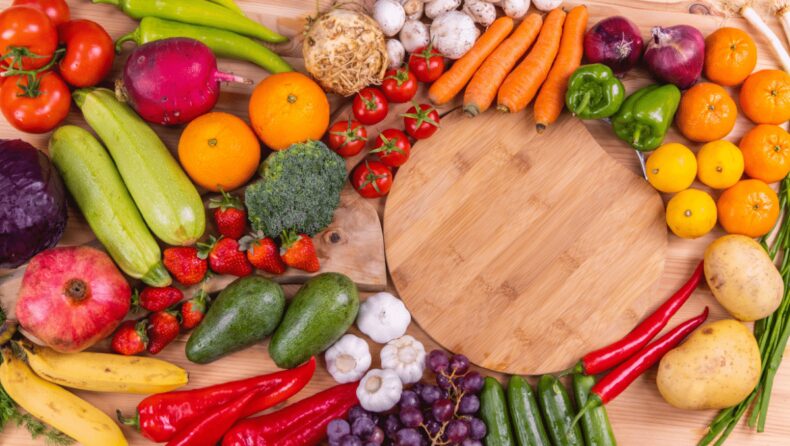Sustainable living is not only about what you do around the house or what you use; it also includes what you put in your body. Sustainable foods are those that are gathered from the environment in a way that does not compromise the environment’s long-term viability and capacity to provide the food in question. Sustainable foods are also those that are farmed, processed, or produced using methods that are fair to the farmers and/or animals used in their creation.

Cut down on food waste
One of the most effective things you can do to live a more sustainable lifestyle is to work toward reducing the amount of waste you make and send to landfills, and food waste are at the top of that list. Methane gas, a greenhouse gas 87 times more powerful than carbon dioxide, is released from food waste in landfills, adding to the 8% of global carbon emissions that it already accounts for. Always shop with a list to help reduce food waste in your household, as unplanned purchases are more likely to be thrown away. Try to buy food that hasn’t been processed or packaged, or look for packaging that can be composted (which will be healthier for you anyway). Upon returning home, it is advisable to begin preparing meals for the week (or even better, do this step before you hit the supermarket). You may either consume the leftovers the next day or get inventive with how you might use them.
Prioritize organic and regionally grown foods
Picking organic and/or local vegetables, meats, and eggs wherever possible can help you eat more sustainably once you’ve finished making your list and headed to the grocery store or farmers market. Growing organically eliminates the use of harmful synthetic chemicals like those used in conventional farming practices, such as pesticides and fertilizers. Meanwhile, because local foods don’t have to travel as far to reach you, less fossil fuel is expended in transporting them.
Select fish raised sustainably
Sustainable fish is seafood that is caught without causing harm to the ecosystem, just like sustainable farming practices produce and harvest food without harming the environment. Overfishing, blast fishing, and bottom trawling are all prevalent methods that can disrupt the local environment, causing harm to the fish being farmed as well as any bystander species. Try making it a practice to inquire about sustainable seafood options at your local restaurants, supermarkets, and fish markets.
Make your own Compost
To compost, you just stack layers of food scraps and yard waste in a bucket or other container and wait for them to degrade into something you can incorporate into your garden’s soil. By doing so, you may prevent the release of methane and other greenhouse gases produced when food waste is landfilled. In exchange, you’ll get soil that’s perfect for growing plants without the need for synthetic fertilizers since it can hold onto water and has high nutritional content. Fruit and vegetable peels, eggshells, coffee grounds, tea bags, grass clippings, plant trimmings, dry leaves, wood chips, and shredded paper are all acceptable compostables.
Eat what you grow
The food you raise in your own yard is likely to last the longest out of any food source (or on your balcony or windowsill). Its carbon footprint is reduced since it does not need to be transported, and your use of chemical pesticides is eliminated, all while you save money and increase your fruit and vegetable intake.
Depending on the size of your garden, the quantity of sunlight it receives, and the local climate, you will be able to choose which plants will do best. The next step is to get your hands on some soil and seedlings. Beets, kale, spinach, onions, and zucchini are some of the quickest-growing vegetables that are perfect for beginners.














